Gorillas are some of the most fascinating creatures in our world. As the largest primates, their strength and intelligence are impressive and worth studying. Not to mention that gorillas are a species at risk of extinction due to human activity and the destruction of their habitats.
This blog post will delve into some lesser-known facts about gorillas and shed some light on the importance of conserving these fantastic creatures.
From their physical characteristics to their diets and behaviors, it’s clear that gorillas have unique traits that make them an intriguing subject for scientific and other conservation efforts and studies. Let’s explore some interesting facts about gorillas and their vital role in our planet’s ecosystems.
Interesting Gorilla Facts to Know
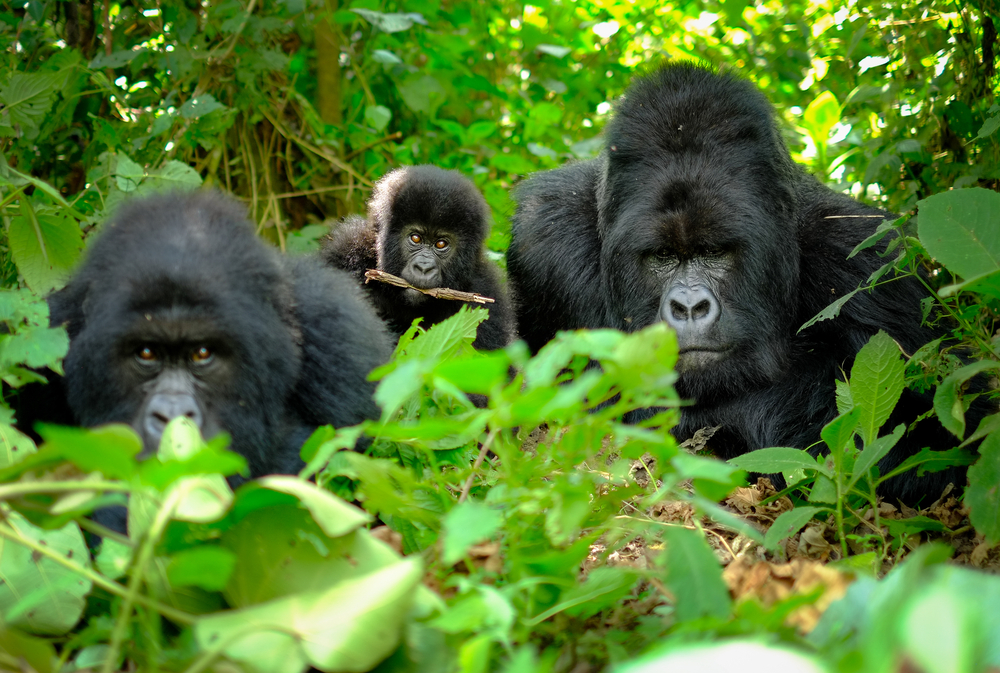
1. Gorillas are the largest of the great apes and living primates.
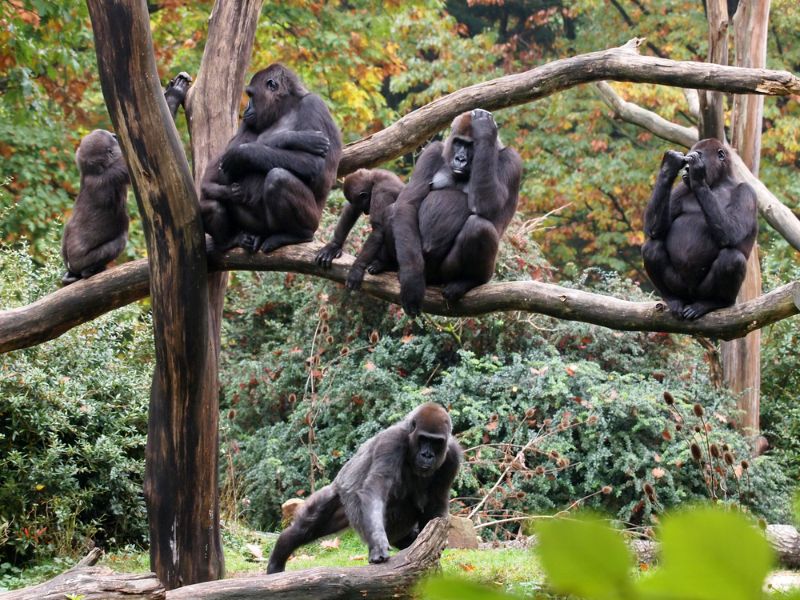
Gorillas are the largest of the great apes and the largest living primates. They are found only in the tropical forests of central Africa and are divided into two species: the Western Lowland Gorilla and the Eastern Lowland Gorilla.
They range in height from 4 to 6 feet, and males typically weigh between 300 and 400 pounds. Gorillas are highly intelligent and have complex communication systems. They are primarily herbivorous and feed on leaves, stems, and fruits.
2. Gorillas are found in the tropical rainforests of Africa.
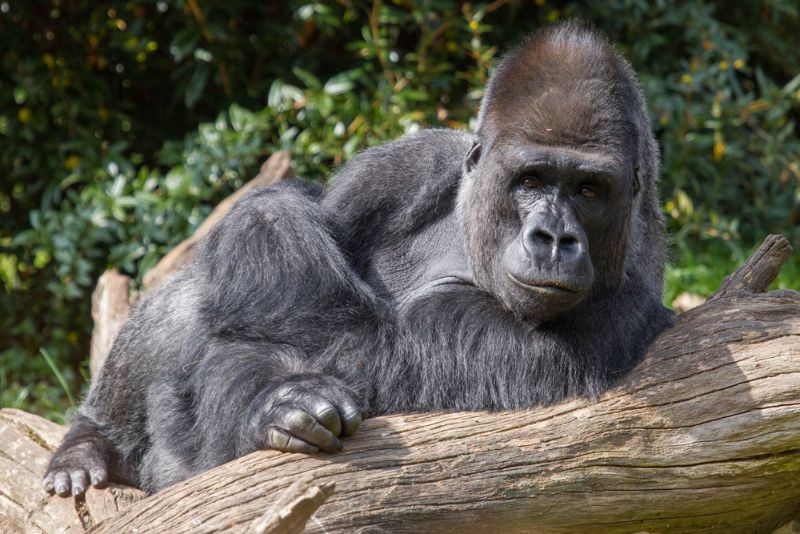
Gorillas are one of the most iconic species found in the tropical rainforests of Africa. It is estimated that there are between 100,000 and 200,000 gorillas throughout the continent. Gorillas are considered brilliant animals and closely related to humans.
They live in family groups of up to 30 members, usually led by a dominant male. Gorillas are herbivores and feed mainly on leaves, fruit, and bark. They are also known for their strength and can lift to 10 times their body weight. These fascinating animals are sadly threatened by poaching and loss of habitat.
3. Gorillas are among the world’s most intelligent animals.
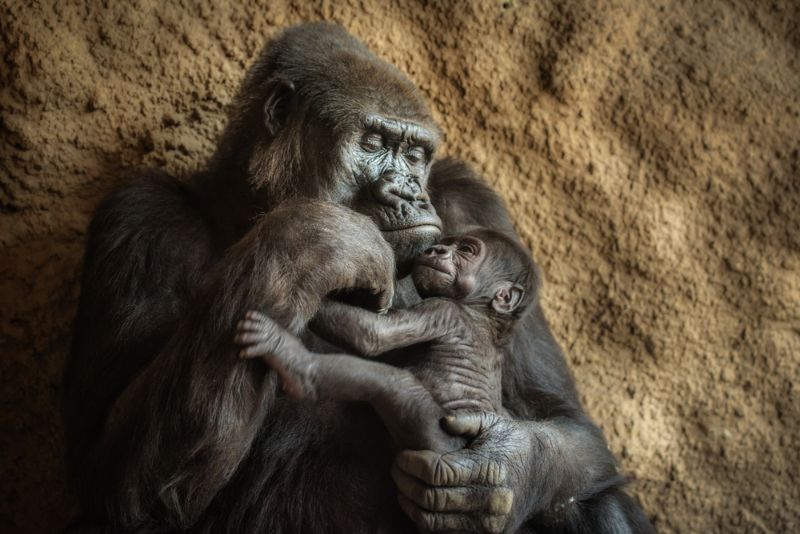
Gorillas are among the world’s most intelligent animals, and they possess the capacity to understand abstract ideas and use tools. The average gorilla has a brain more significant than that of a human, and they exhibit evidence of a sophisticated culture and communication.
Gorillas communicate through a range of facial expressions, vocalizations, and gestures, and they have also been known to use tools, such as sticks and stones, to help them forage for food. Gorillas also have complex social relationships and can form strong bonds with other troop members.
4. Gorillas are endangered due to poaching, habitat destruction, and diseases like Ebola.
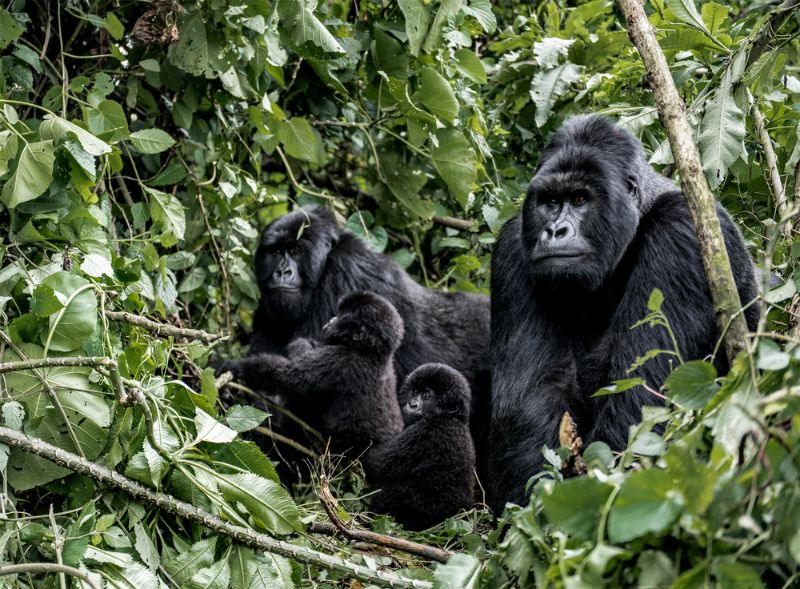
As with many species, gorillas face a few threats to their survival, ranging from poaching and habitat destruction to diseases such as Ebola. These threats are severely impacting the population of gorillas, and as of recently, gorillas are listed as endangered by the International Union for Conservation of Nature.
In particular, the mountain gorilla population has experienced the most drastic decrease, with an estimated population of under 1000 individuals. Crucial that we take action to prevent further habitat loss and poaching to ensure the survival of this endangered species.
5. Gorillas are primarily herbivores but eat small insects and fruit.
As one of the five great apes, gorillas are known for their intelligence and strong social bonds. It’s also a fact that gorillas are primarily herbivores but feed on small insects and fruits. This is a significant trait that varies among gorillas, as some may eat more insects than others.
As an illustration, mountain gorillas usually consume more than twice the amount of insects than their lowland counterparts. This is likely due to the different environments they inhabit, which affect the availability of food sources. It is crucial to note that gorillas are omnivores and supplement their diet with plant and animal sources.
6. Gorillas live in groups led by a single dominant male, a silverback.

Among the many facts about gorillas, it is crucial to note that they live in groups known as troops. A single, dominant male, the silverback, typically leads these troops. The Silverback is responsible for the safety and protection of the army and is the sole breeding male.
To ensure their survival, the silverback must maintain the troop’s territory and protect the army from predators and other threats. The silverback also serves as an alpha male and leader, guiding the military and ensuring the continued success of the military overall.
See Related: Exploring the Fascinating World of Turtles: Discovering Different Types
7. Gorillas are highly social creatures with complex behaviors and interactions.
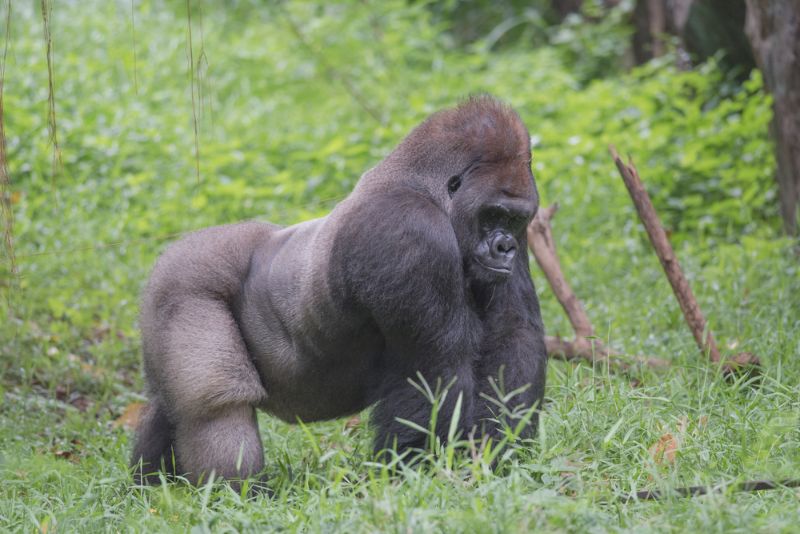
Gorillas are highly social creatures with complex behaviors and interactions. They live in family groups of up to 30 individuals, led by a dominant male. The silverback’s role is to protect the group and its members, while females are nurturers and caregivers.
Gorillas interact with each other through a range of communication methods, including vocalizations, facial expressions, and body language. They have extensive vocalizations, including barks, grunts, roars, and other sounds they use to communicate. Additionally, they may use facial expressions and body postures, such as chest-beating, to communicate with the opposite sex, express dominance and aggression, or ward off predators.
8. Gorillas can communicate with each other through a range of vocalizations and gestures.
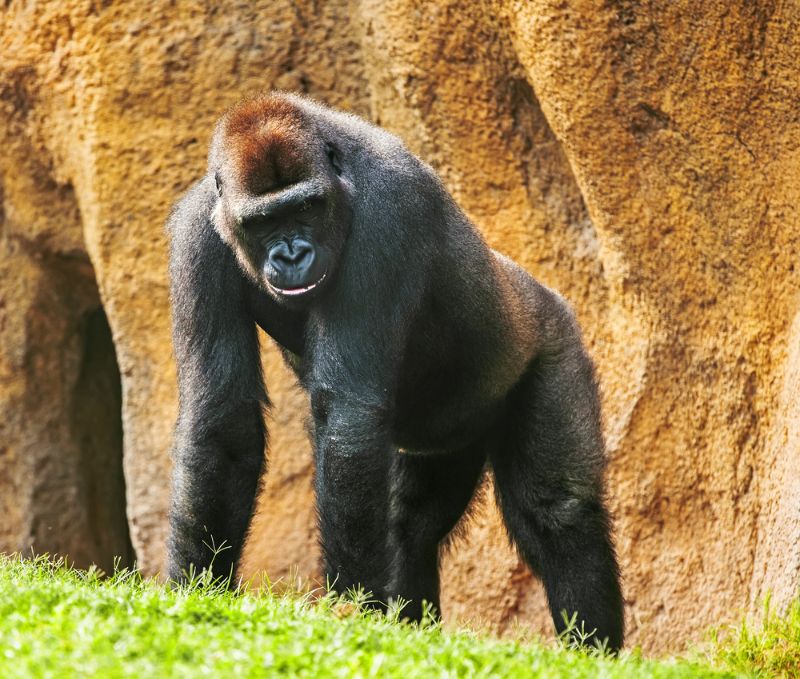
Gorillas are fascinating creatures that possess the ability to communicate with each other through a range of vocalizations and gestures. These vocalizations can include grunts, barks, and even screams, and their gestures can consist of hand gestures and facial expressions.
This form of communication is crucial to gorillas’ social structure and helps them maintain their tight-knit family groups. It is thought that gorillas use these vocalizations and gestures to express emotions, warn one another of danger, and even show dominance. Understanding these facts about gorillas helps us understand their behavior and also allows us to appreciate their unique abilities.
9. Gorillas have a life span of 35-40 years in the wild.
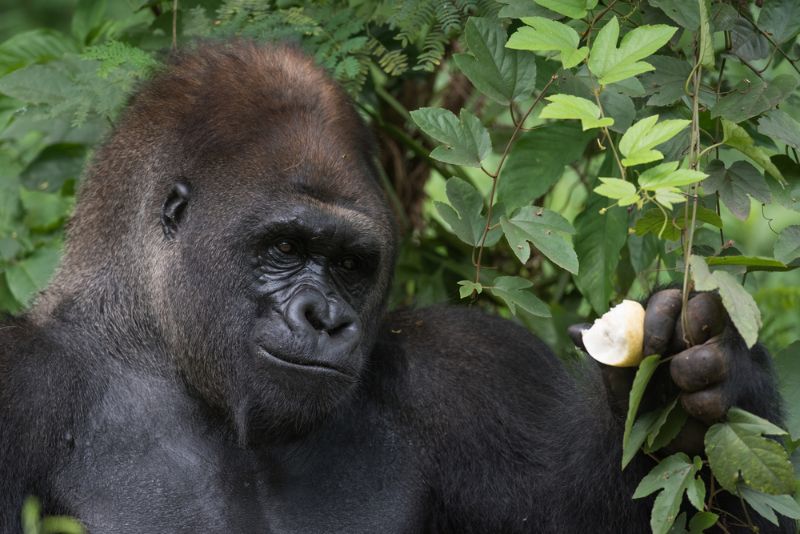
Among the finest remarkable facts about gorilla species is their lifespan. In the wild, gorillas can live up to 35-40 years, making them one of the longest-living primates.
In captivity, they can live even longer with the proper care and environment, with some gorillas reaching 50 or more. With proper nutrition and a healthy lifestyle, gorillas can live past their maximum life expectancy.
10. Gorillas have been observed using tools in the wild, such as sticks, to measure water depth.

Among the finest fascinating facts about mountain gorillas is that they have been observed using tools in the wild. This includes using sticks to measure water depth and even stones to crack open nuts. This behavior is evidence of their brilliant nature and has been observed in wild and captive mountain gorillas live. This shows the potential of gorillas to use tools to their advantage and further emphasizes their cognitive abilities.
Gorillas are genuinely remarkable primates. They are brilliant, intelligent, social animals that live in family groups, have unique facial expressions that they use to communicate with each other, and even have their language. Despite their great size and strength, gorillas are gentle, timid creatures. We can all learn from how gorillas interact with each other and appreciate their beauty and grace.
Related Resources: